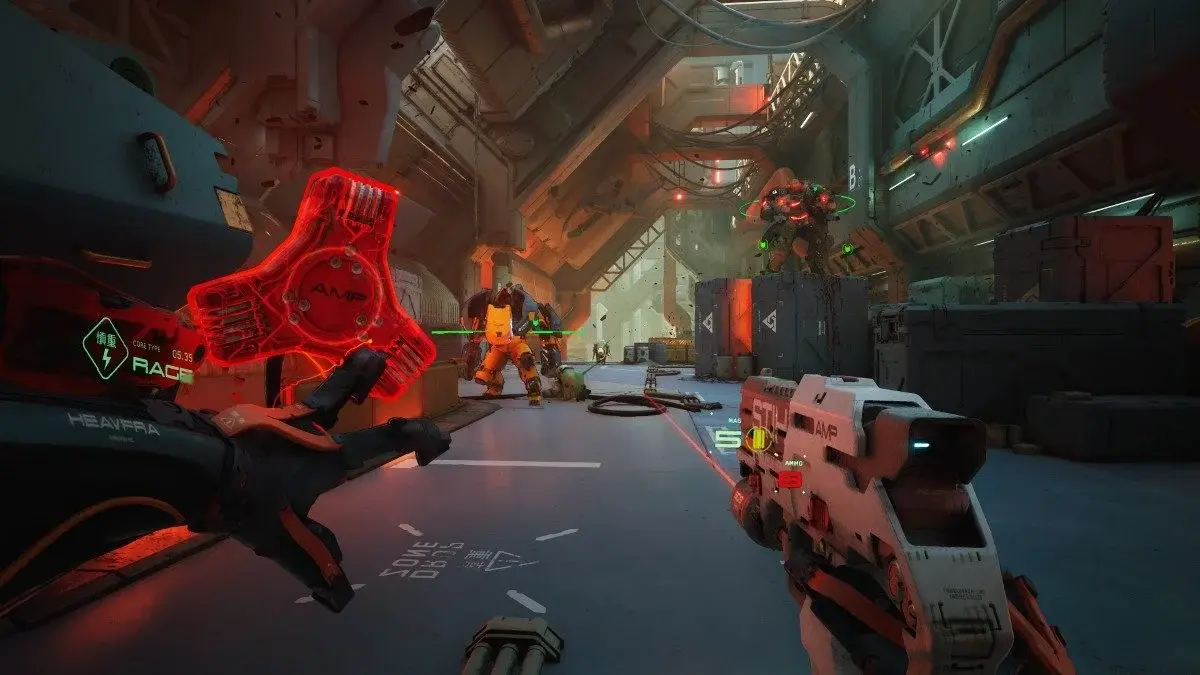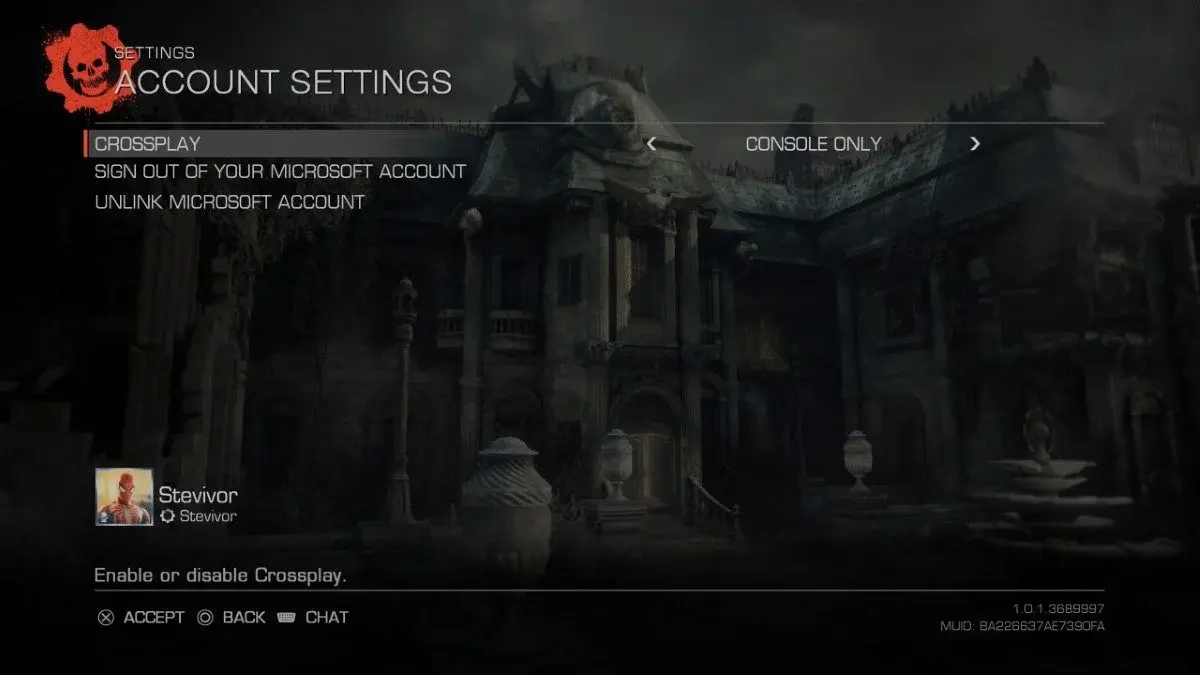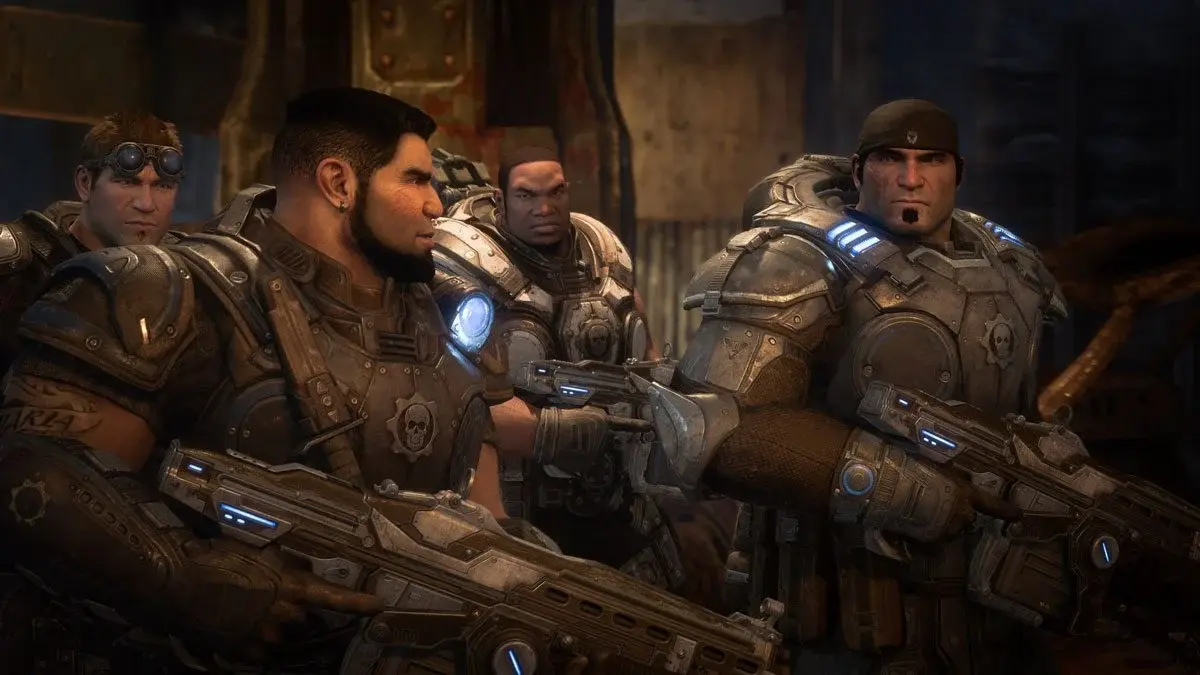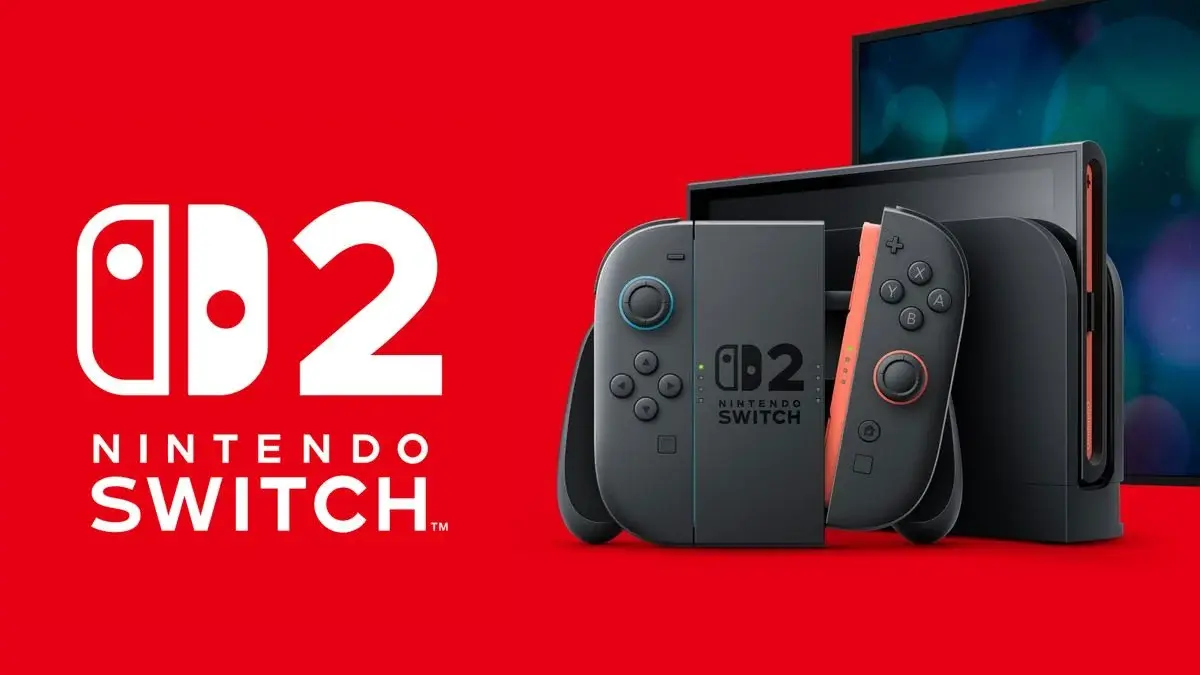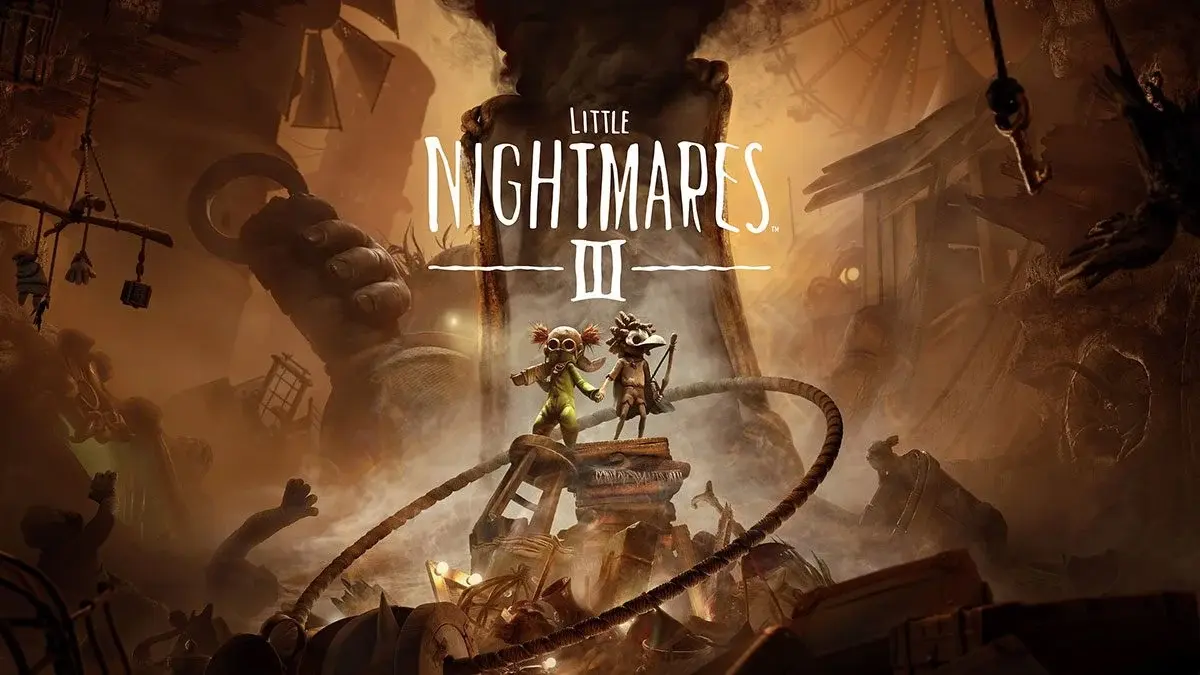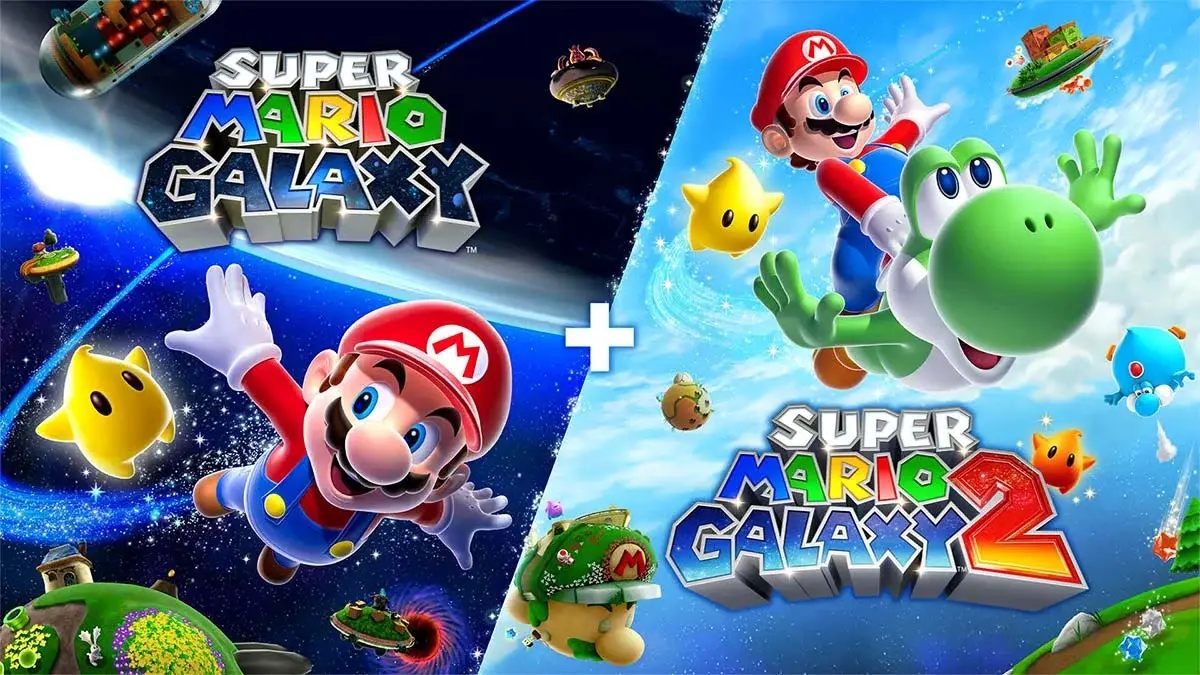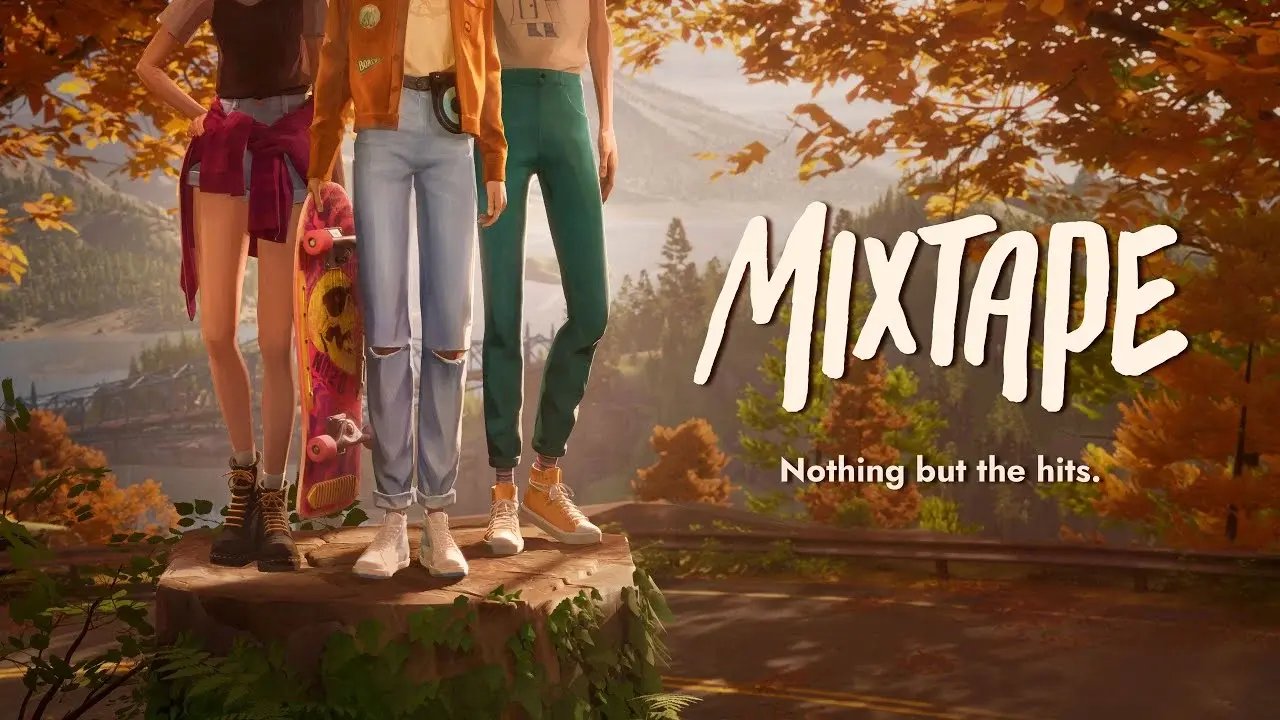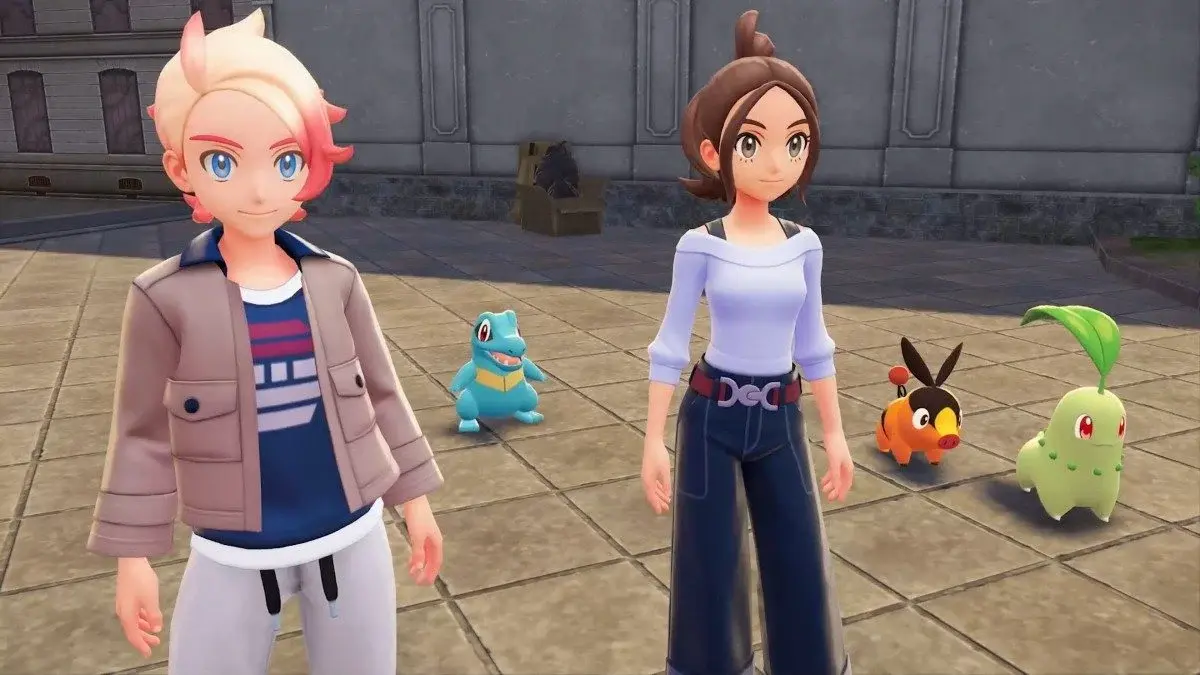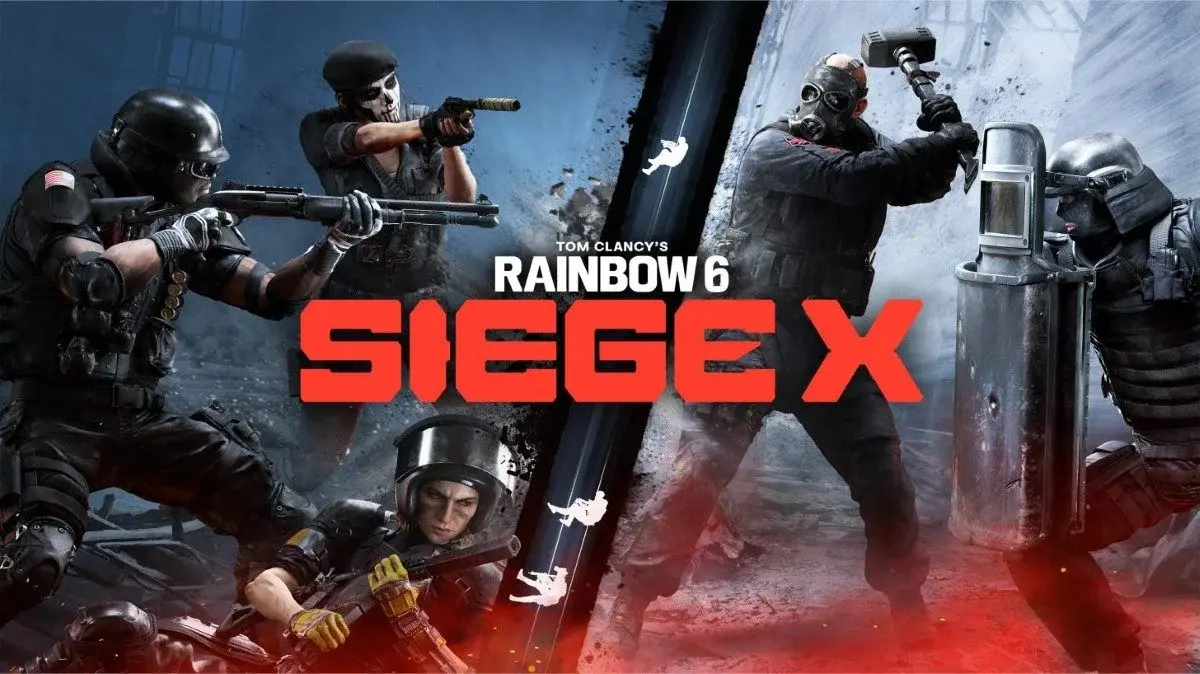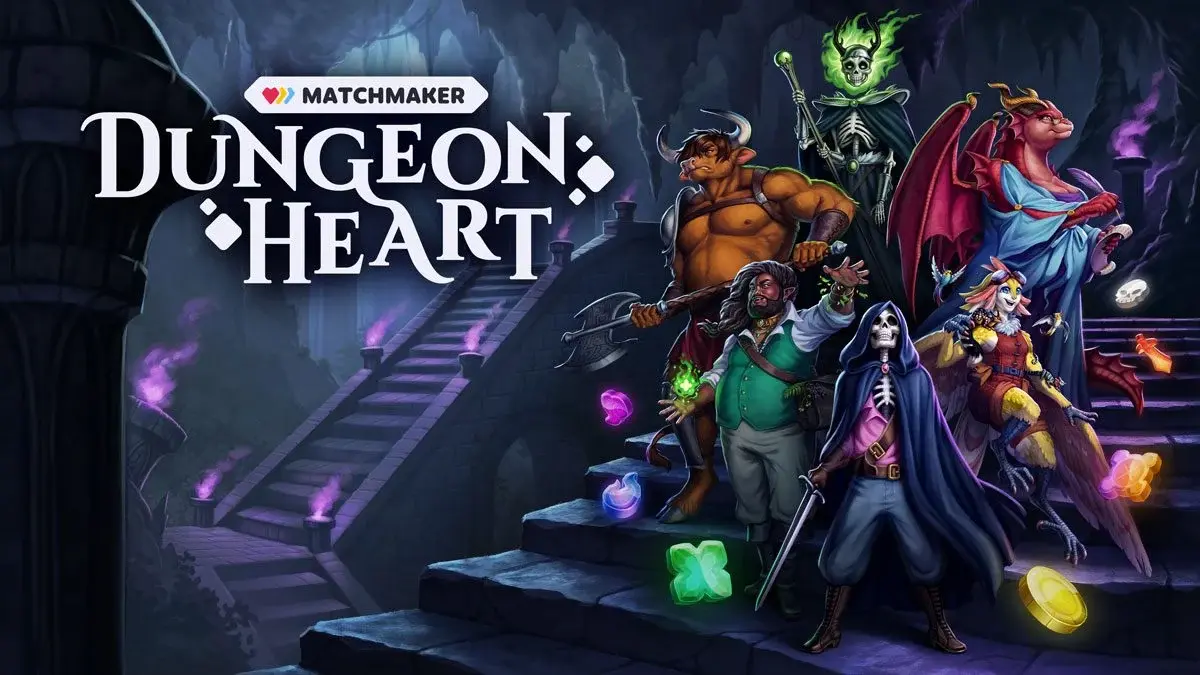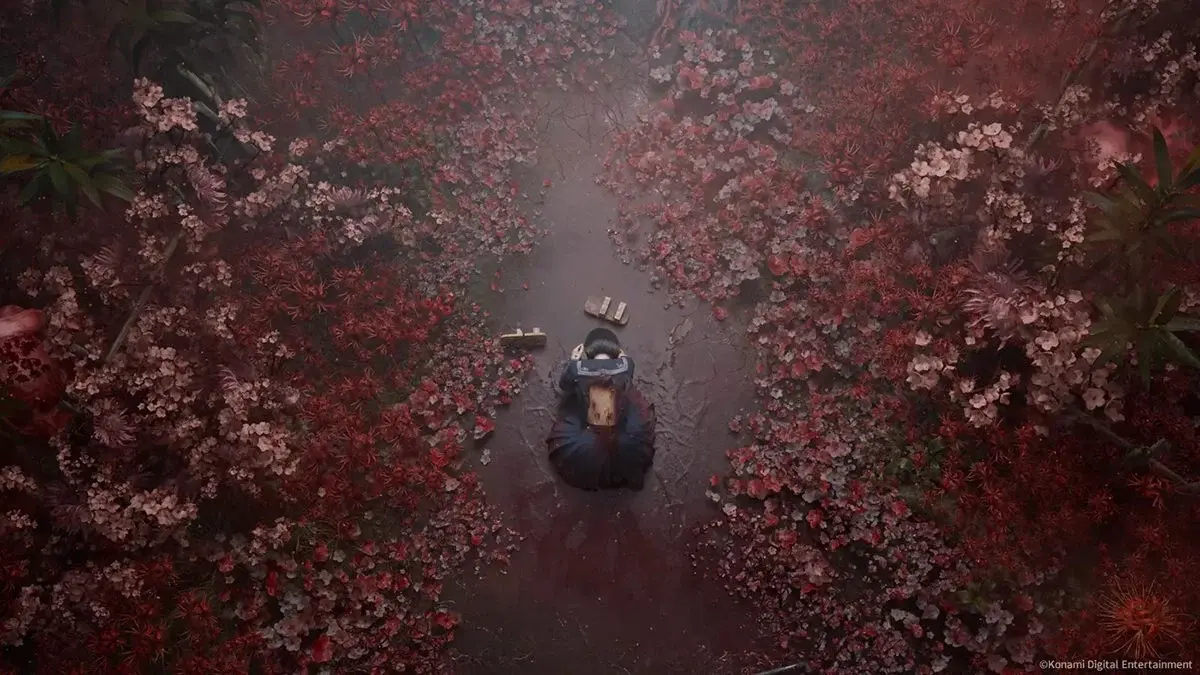While it is a proudly Japanese-developed franchise, Silent Hill games have never really focused on Japan itself. Primarily set in the fictional town of Silent Hill in USA’s state of Maine, previous entries in the series have focused on buried secrets, hidden shames, and shocking truths. While the town of Silent Hill and its underground coal fire is iconic, Konami has chosen to turn the lens inward for Silent Hill f.
Set in the 1960s during Japan’s Shōwa era, the world of Silent Hill f feels radically different to any of the series’ previous iterations. f finds you following in the footsteps of Hinako, a young schoolgirl who is caught up in the town of Ebisugaoka’s strange transformation while meeting up with her friends. As a dense fog rolls in over the town, Hinako and her friends see an invasion of flesh-like growths taking over the town alongside blood-red flowers that resemble red spider lilies, a symbol of death and reincarnation in Japanese folklore. Separated from her friends by some sort of beast in the fog, Hinako finds herself alone in a version of her home town that’s becoming more alien by the minute.
The small town of Ebisugaoka feels like a strange and alien intersection of old and new, even before it starts to become a pulsing. The houses and businesses that make up the town feel far older than you’d expect, with sliding paper doors and lantern lighting – only for modern conveniences like electric lights and appliances to place it much more recently. While it might be just a cultural blind spot for this reviewer, the town already feels divorced from the real world even in its quiet opening moments.

Whilst Silent Hill f does send you off to blindly explore the fog the way any Silent Hill game should, the experience while you’re out there has changed. Unlike James in last year’s Silent Hill 2 remake, Hinako is not blessed with an indestructible lead pipe to defend herself with. She can carry up to three weapons at once, all of which degrade as you use them, making every fight a race against time. While f’s pipes and baseball bats aren’t flimsy, they certainly don’t make it through more than a few fights – encouraging you to decide whether to clear your path entirely, or duck and weave to save your weapons for more desperate moments.
Melee combat also becomes a lot more complex in Silent Hill f, taking on almost Souls-like qualities. Hinako isn’t used to swinging weapons around, and this is represented in-game with the introduction of a stamina bar. Much like games of the Souls-like genre, every swing of your weapon or dodge out of the way takes a bite out of Hinako’s stamina. Fights become a timed ballet of strikes and dodges, learning how many strikes you can get in before risking a hit yourself. While these fights start very slow and deliberate, things escalate to faster enemy types who leave less margin for error – and open up the risk of being swarmed and stun-locked by a horde of enemies if you’re not careful.
Last year’s Silent Hill 2 was my first experience with this series, and it feels like Silent Hill f raises the stakes of its suspense and oppressive atmosphere impressively well. Despite the short gap between the two, it feels like spooky fog technology has come a long way. The fog in Ebisugaoka is dense and clinging in a way that feels claustrophobic no matter where you are, and the volumetric lighting of lanterns or save shrines through the fog makes you want to lean into the screen and squint to try and see better. Combined with the tight, maze-like streets of the town, I always felt tense in just the right way.

Thankfully, f doesn’t rely on jump scares either – perhaps my personal least favourite kind of horror trope. While it does delight in hiding enemies just around a blind corner, you can still see them coming if you’re cautious – and it’s a technique that’s so well-used that it almost feels comforting by the end of a playthrough.
Not that Silent Hill f ever really wants you to get comfortable! Any time you really hit your stride you’ll be thrown into the “otherworld”, a dream-like landscape where Hinako meets a man in a fox mask, who seems keen to guide her through the threats ahead. More puzzle-focused than your explorations of your changing home town, these portions almost act as a breather from the oppressive tone of Ebisugaoka.
In my first playthrough, these two narratives dovetailed into an intriguing first ending to the game – because in classic Silent Hill fashion, f has five different endings to unlock. This first playthrough definitely hinted at a different approach to take for another ending that made me want to jump right back in for round two. In an extra stroke of kindness, the game has a post-completion guide screen, which gives more direct hints on how to unlock further ending to the story. This all feels geared towards encouraging and enabling replays for other endings, compared to the more abstract requirements that I bounced off of in Silent Hill 2.

Coming into Silent Hill f with no idea what to expect was an exciting experience – it’s a whole new ball game, and I wasn’t sure what to expect. But f hits all the notes I’d expect of a Silent Hill game; a dreamlike, ever-changing world, semi-human threats in the fog, and a creeping transformation of the familiar into the unfamiliar. The more slick, visceral organic nature of Silent Hill f’s otherworld compared to previous games makes the town’s shift even more unsettling and pervasive than the rust and barbed wire of Silent Hill, Maine.
While it always FELT like I was moments away from dying, Silent Hill f balances threat and reality in a way that kept me playing longer and longer per session. I’m excited to go back and unlock more facets of Hinako’s story, as there’s clearly more waiting for me in Silent Hill f just below the surface.
Expect Silent Hill f from 25 September on Windows PC, Xbox Series S, Xbox Series X, and PS5.
Silent Hill f was reviewed using a promotional code on PS5, as provided by the publisher. Click here to learn more about Stevivor’s scoring scale.
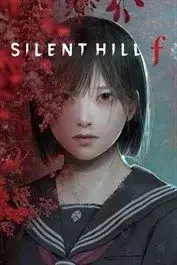 |
Silent Hill f25 September 2025PC PS5 Xbox Series S & X
|
This article may contain affiliate links, meaning we could earn a small commission if you click-through and make a purchase. Stevivor is an independent outlet and our journalism is in no way influenced by any advertiser or commercial initiative.





